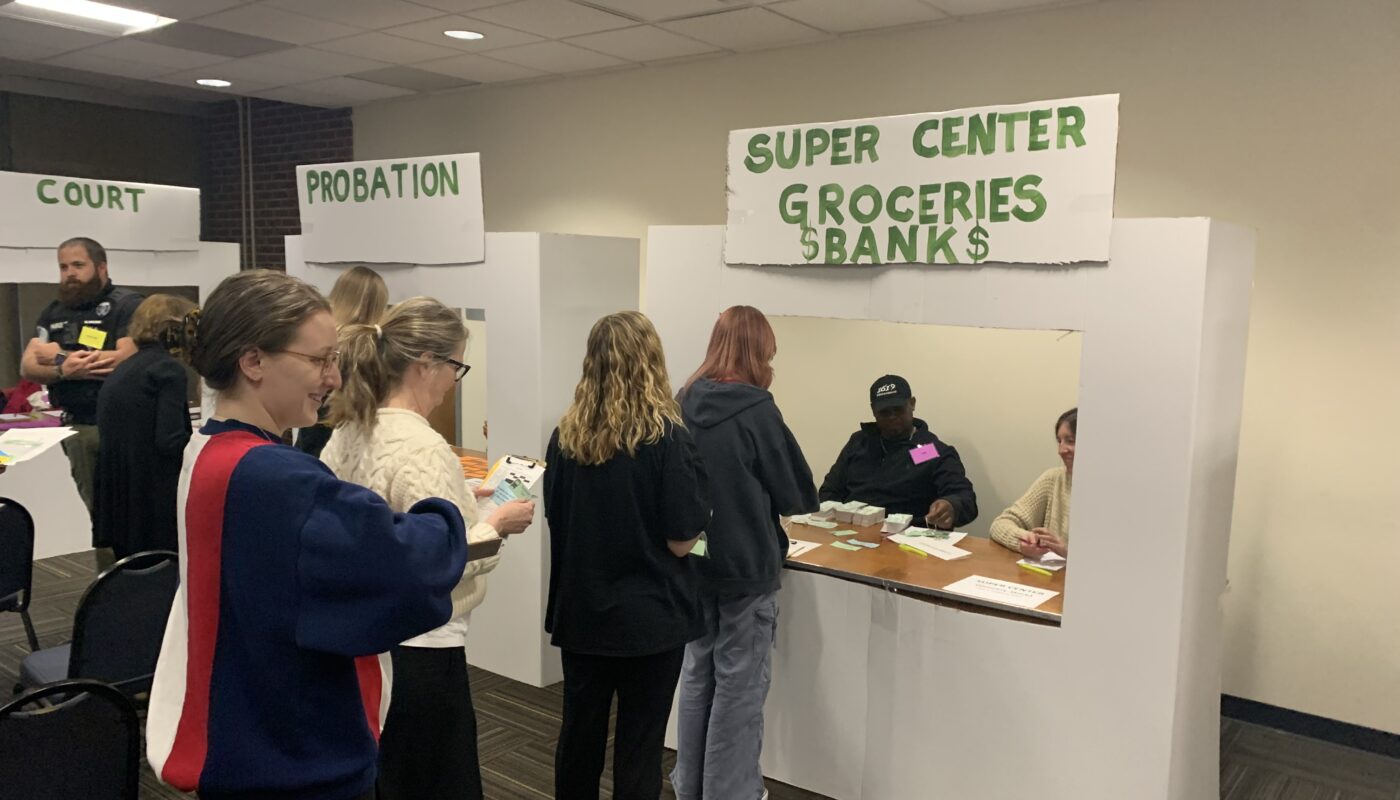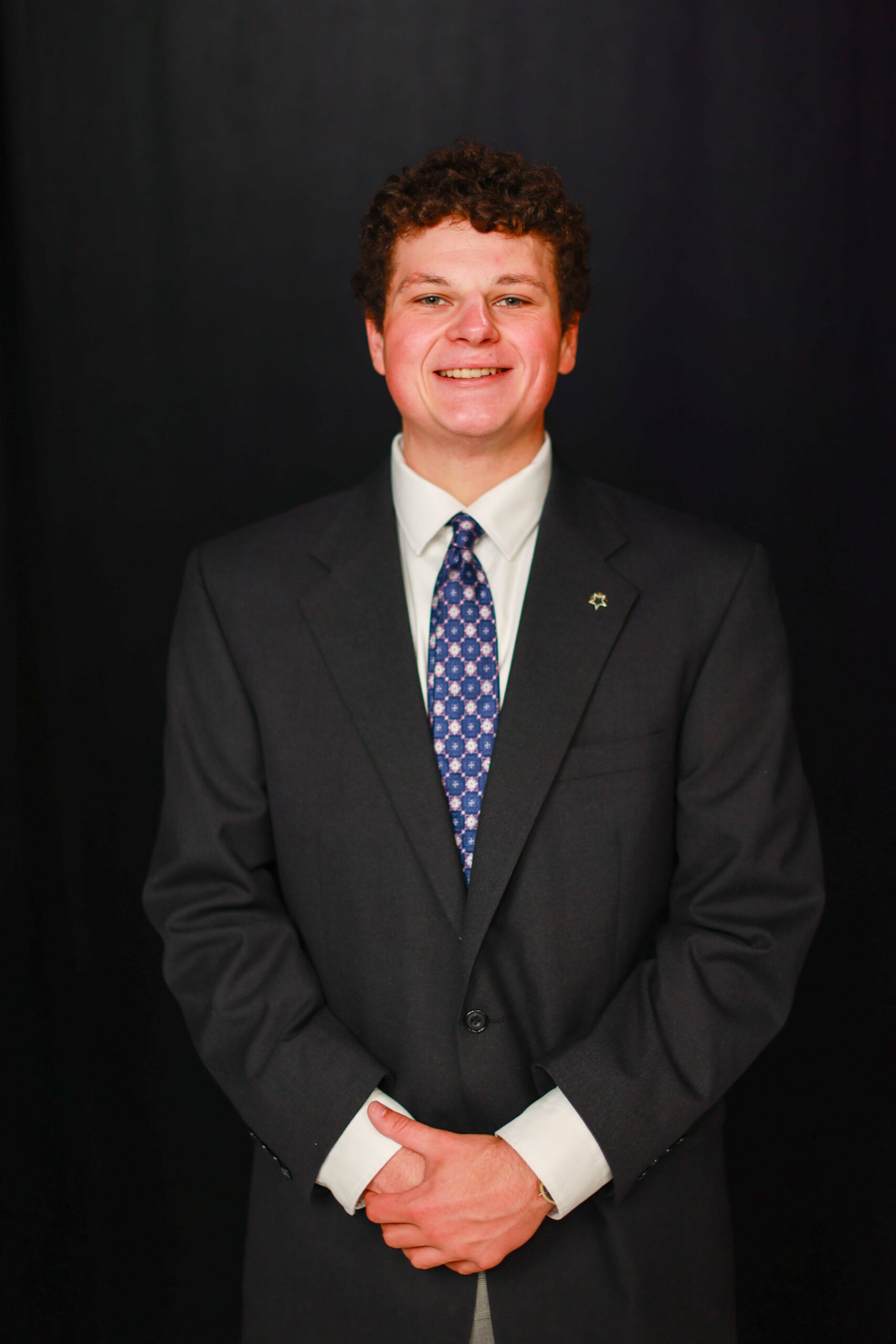Long lines and little time to wait, students found it difficult to get all of the required weekly errands done.
On April 23, the university hosted its third annual “Second Chance Month” event to raise awareness about the difficulties faced by formerly incarcerated individuals when they try to reenter society.

In previous years, the university held discussions on what role community members can play in supporting the reentry process. This year, the Office of Student and Community Engagement (SCE) hosted a reentry simulation.
Tristen Davis, the Associate Director of Student and Community Engagement, was a criminology major at her alma mater. Despite now being in a completely different profession, Davis said she originally wanted to work in the prison system.
“I wanted to work in the prisons, just like my dad,” Davis said. “That was until I learned that a lot of the real work needs to happen in a community where crime has happened in the first place.”
Davis also said the best way to deter people from reoffending is to get them involved in the community.
“What can we do [as a university] to advocate for [the recently released population] and make this a place where they could get an education?” Davis said.
Additionally, community partners attended the event. This includes the Columbus Urban League, Alvis, Star House and the Franklin County Juvenile Intervention Center. In addition to raising awareness, Davis said the event is a good networking opportunity.
“A student who came last year was able to get an internship with [the Ohio Department of Rehabilitation and Corrections],” Davis said.
Throughout the reentry simulation, students interacted with role players who almost instantly made it known they were going to be of little help.
Students were given packets that contained their “identity” and information regarding their job and living situation. All students were required to obtain three forms of identification: Social Security card, birth certificate and State ID. However, most students did not have all three and had to obtain them at the ID center.
In a simulation designed to show the frustration of released individuals, it was adamant that time flies by quickly. To symbolize a week, students were given 12 minutes to run errands, pay rent, get food, etc. Almost every student failed, with some even getting evicted and losing all of their money. The last resort was going to the “chance” table, where they could commit a crime for the chance of getting the money they needed.
Bianca Rodrigues, a first-year criminology major, was given a bad hand. In the last week, she ended up with no money, no transportation and had already been to jail numerous times.
“It was frustrating,” she said. “I have to pay for things and I don’t have the money to do so.”
Between each interval, professionals from the Ohio Department of Rehabilitation and Corrections taught students the reality of what happened during the simulation. A lot of students were evicted because they did not have time to pay rent, or they did not have money at all because they did not have a job.
Employees explained the resources provided to formerly incarcerated individuals, which includes apprenticeships, job connections and the ability to obtain a free state ID within 120 days of release.
While some students had an advantage, others were unfortunately disadvantaged, which reflects the harsh reality of life after being incarcerated.


